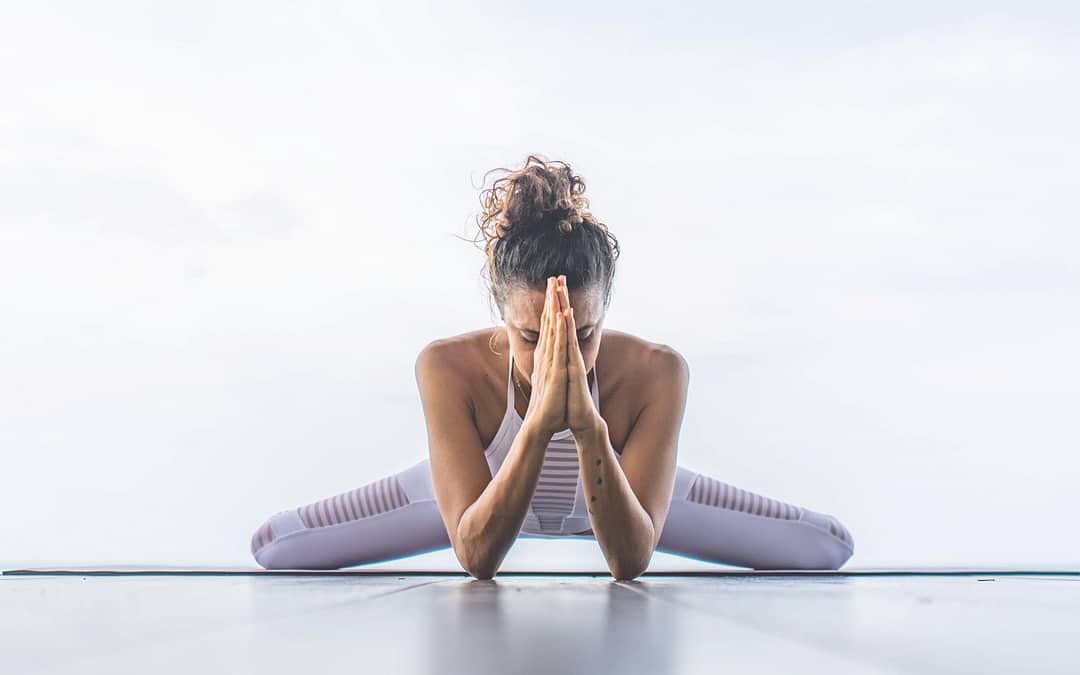From athlete to healer — finding peace, balance, and purpose through the practice of Yin Yoga.
Life has a beautiful way of leading us back to ourselves.
For me, that journey began in the water — I was a professional swimmer for over a decade, living a life of discipline, competition, and constant movement. But when an injury forced me to stop, everything changed.
For the first time, I had to slow down and truly listen to my body. That’s when I discovered meditation — and soon after, yoga. From my very first class, I felt something awaken inside me. Yoga became more than a practice; it became my way of healing, softening, and reconnecting with who I truly am.
Years later, while traveling and teaching in Asia, I found Yin Yoga — and it transformed everything once again.
Yin taught me the power of stillness, the wisdom of the body, and the magic of simply being. It became my medicine, my sanctuary, and the practice I now love to share with others.
Through Yin Yoga, Reiki, and Meditation, I’ve witnessed countless transformations — students finding balance, peace, and the courage to slow down in a world that never stops.
Today, I feel deeply grateful to guide others on this path through my Yin Yoga Teacher Trainings in Bali, Spain, and online, helping each student connect to their heart, their breath, and their own healing energy.

